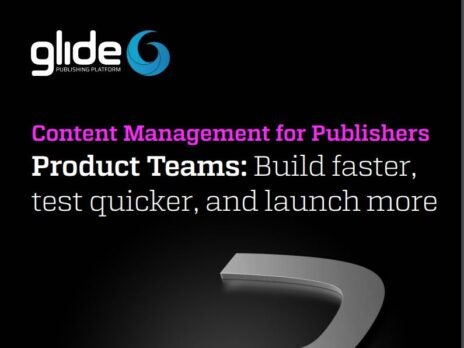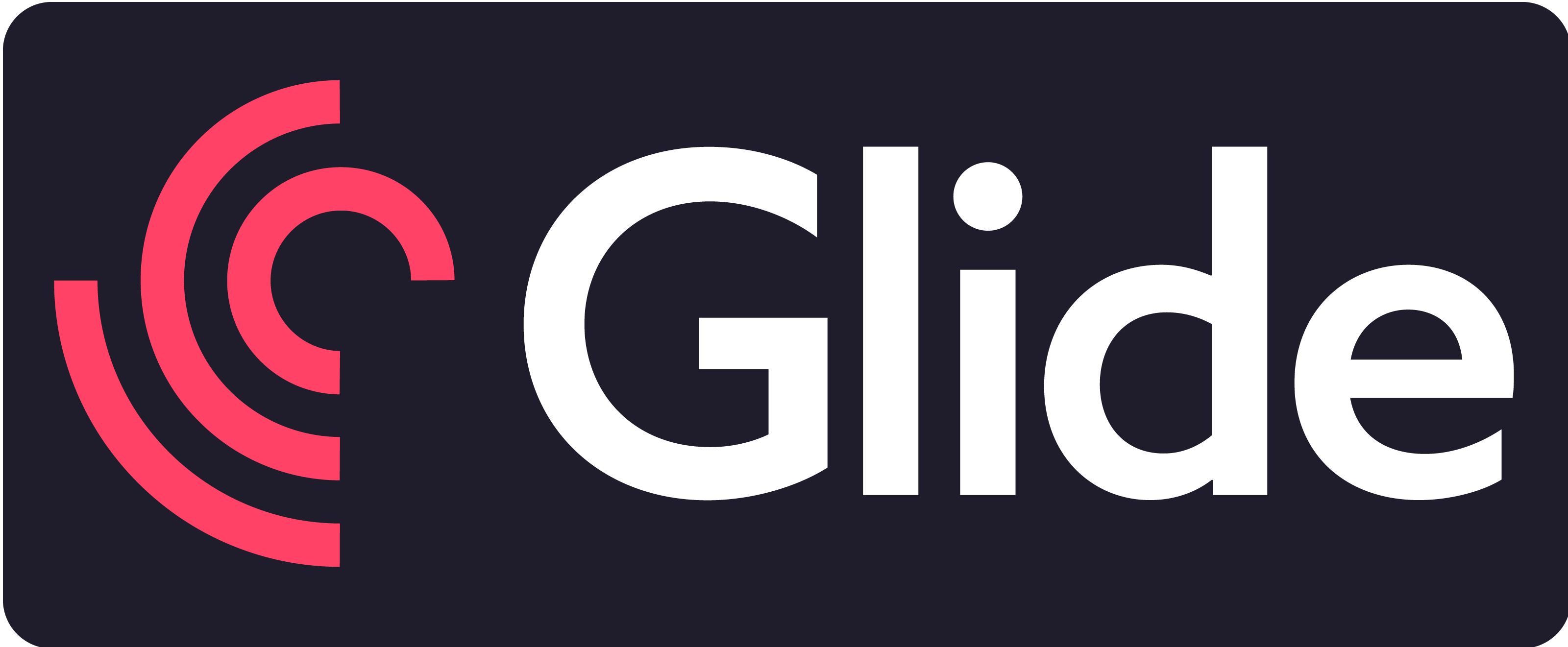
Publishers looking to unlock faster digital product development should ask “where’s the value”, focus on an “amazing minimum product” and allow for experimentation, says the Daily Mail’s digital product chief who has led the rapid growth and transformation of Mail Plus.
Mail Plus (or Mail+) is the Daily Mail’s enhanced digital offering for subscribers. It first launched in 2013 as the digital page-turning edition of the Daily Mail and Mail on Sunday, but in 2019 “started what you might term as many experiments”, says digital product director Simon Regan-Edwards.
Three daily newsletter-style briefings that were free to read and contained exclusive content were abandoned because they weren’t driving new subscriptions – the ultimate goal for Mail Plus, which stands apart from its free-to-read sister title Mail Online.
The Mail Plus offering was revamped again in 2022, with an interactive website-style format alongside a page-turning digital edition that includes bonus digital content. It also has a dedicated puzzles page and recently launched a recipe finder and TV guide.

The Daily Mail now reports more than 150,000 digital subscribers. And it reports an average of 75,000 daily users and a “highly engaged” audience.
Regan-Edwards, who joined the Mail from his role as head of technology at The Times in 2013, says Mail Plus is “always developing”, adding: “If you’re not constantly developing, you’re moving backwards. You have to constantly change and follow the audience.”
Here he offers six insights into the ongoing development of Mail Plus.
“Where’s the value?” – Create more value for subscribers
“What we’re looking to do is create more value for subscribers – something more than just a newspaper,” says Regan-Edwards of the Mail Plus offering, which adds tools, services and features to “enhance the newspaper experience” for digital subscribers.
While it doesn’t compete with rolling news sites, including Mail Online, Mail Plus runs regular news updates throughout the day (up until 11pm when subscribers get a first look at the next morning’s newspaper) to give value to readers and pull them into the app or website “where they can read that news story, but also then go on to consume the rest of the content,” says Regan-Edwards.
“Ultimately what drives it is: ‘Where’s the value?’.”
Build an AMP and “look for signals in the noise”
A “constant challenge” at Mail Plus is not trying to design and create the perfect product or feature before launch, but rather launching what Regan-Edwards calls an “amazing minimum product”, or AMP.
“Launch your amazing minimum product and actually start to get that [audience] feedback as quickly as possible and then change from that point onwards,” he says. Regan-Edwards calls this process “looking for signals in the noise”. With so much data, the Mail Plus team can look to see what is driving engagement and respond accordingly.
“What we’re always trying to do, our whole goal is to build a daily habit. And a newspaper is a habit-forming product – it comes out daily, at the same time. Puzzles are habit-forming products because they come out daily; we have more than 45 puzzles a day.
“You build something that’s useful to somebody in their life – they get some entertainment from their puzzles – and therefore they engage with that on a daily basis. What we’re always looking for are the signals in the noise of what is it that’s forming a habit, what are people coming back for?”
Subscribers are then segmented between core users, occasional users, and not engaged users and looks at how to move people towards becoming more engaged. “If they are becoming more engaged, that means that your product has more value in their life,” says Regan-Edwards.
Get a CMS that can work with you
Mail Plus started working with Glide Publishing Platform in 2019, and it is this partnership that has enabled so much experimentation and innovation, including nine major updates between the end of 2019 and the beginning of 2022 that has seen subscriber numbers quadruple.
“We’ve used Glide to help us do many different things over the last few years – and it’s changed many times over that time and continues to evolve,” says Regan-Edwards.
With Glide, Mail Plus is able to update and edit content on its app for mobile and tablet as well as its mobile-friendly website simultaneously from one CMS. “That’s good for us as the business, but also for the subscribers because they get a consistent [reading] experience,” says Regan-Edwards.
“It’s actually the Glide team that’s allowed us to move quickly. We’ve worked very closely with their team, who are continually developing their product. We were able to do live reporting on the Queen’s funeral and during the World Cup because Glide had developed a live reporting module…
“It’s the capabilities that they’re adding to their platform that allows us to then build products off the back of that.”
Print is agile too
Print and digital are usually regarded as two distinct and separate approaches to news publishing, but at Mail Plus Regan-Edwards has applied a print mindset to the digital offering to subscribers.
“People often talk about being in an agile environment or always learning what people are doing and then building from that… actually that is what newspapers have done for decades.
“The Mail’s been running for 126 years, so that’s now a finely tuned process of putting the paper together, but every day it’s a blank sheet and they come in and invent that day’s paper.”
Regan-Edwards says Mail Plus has been taking that “speed of change” in the building and rebuilding of a print product and trying to bring it into the digital world. But, he warns: “Don’t have a moonshot project – little and often is how you get those incremental improvements. What we’ve been doing over the last few years, with Glide, is trying new things out without having to do a big tech build.”
“Cross-functional, co-located working teams”
A term Regan-Edwards says he has used so much that he now hears other people saying it back to him – which he considers a good sign – is “cross-functional, co-located working teams”. Translated this means teams who work together in a close environment. It’s old advice, but it works.
“Although it’s a little bit of a cliché, once you get those different disciplines together, you actually move so much faster. We work hand in hand on the editorial floor – we’ve got the editorial team, the product team, the developers, the marketing team, all working together, so you don’t have those silos or people who can’t ask a question,” says Regan-Edwards.
“Allowing all those different people – who’ve got different skills and have a voice – to be involved in that process actually helps us all move so much faster.”
The rise of video meetings during the pandemic, now a staple of most working lives, has meant that even when teams can’t physically be in the same room (Glide’s developers are based in Bosnia and the Mail’s newsroom is in London) they can still meet virtually three days a week.
Focus and don’t be afraid to experiment
Regan-Edwards says having a single focus is key for fast digital development, as well as “not being afraid”, a mindset he says should run throughout an organisation from the top level down.
“Allowing people to experiment is key, but the way you move fast is by being focused… so the team can all focus on ‘this is what we’re going to deliver’,” he says. “As soon as you try and do everything – what we sometimes call cognitive overload – you end up thinking about too many things and achieving much less than if you had been focused.”
Regan-Edwards says Mail editor Ted Verity, who replaced Geordie Greig in November 2021, has “allowed us to drive that focus” and he says his own role for his own team is to provide the “space to allow people to focus”, adding: “If you try to do everything, you achieve nothing”.
Email pged@pressgazette.co.uk to point out mistakes, provide story tips or send in a letter for publication on our "Letters Page" blog

